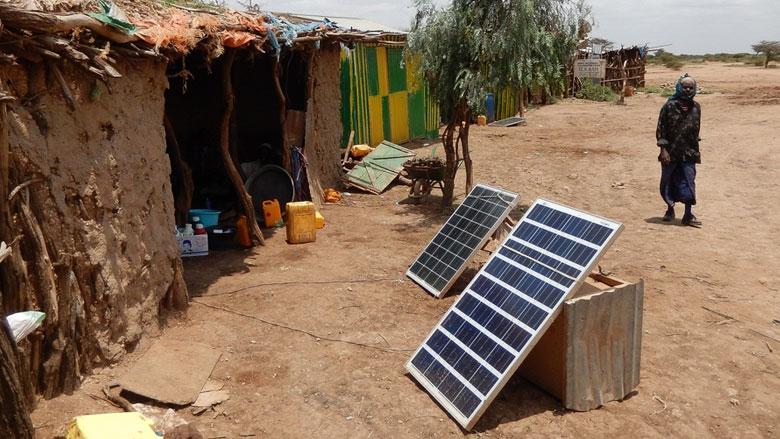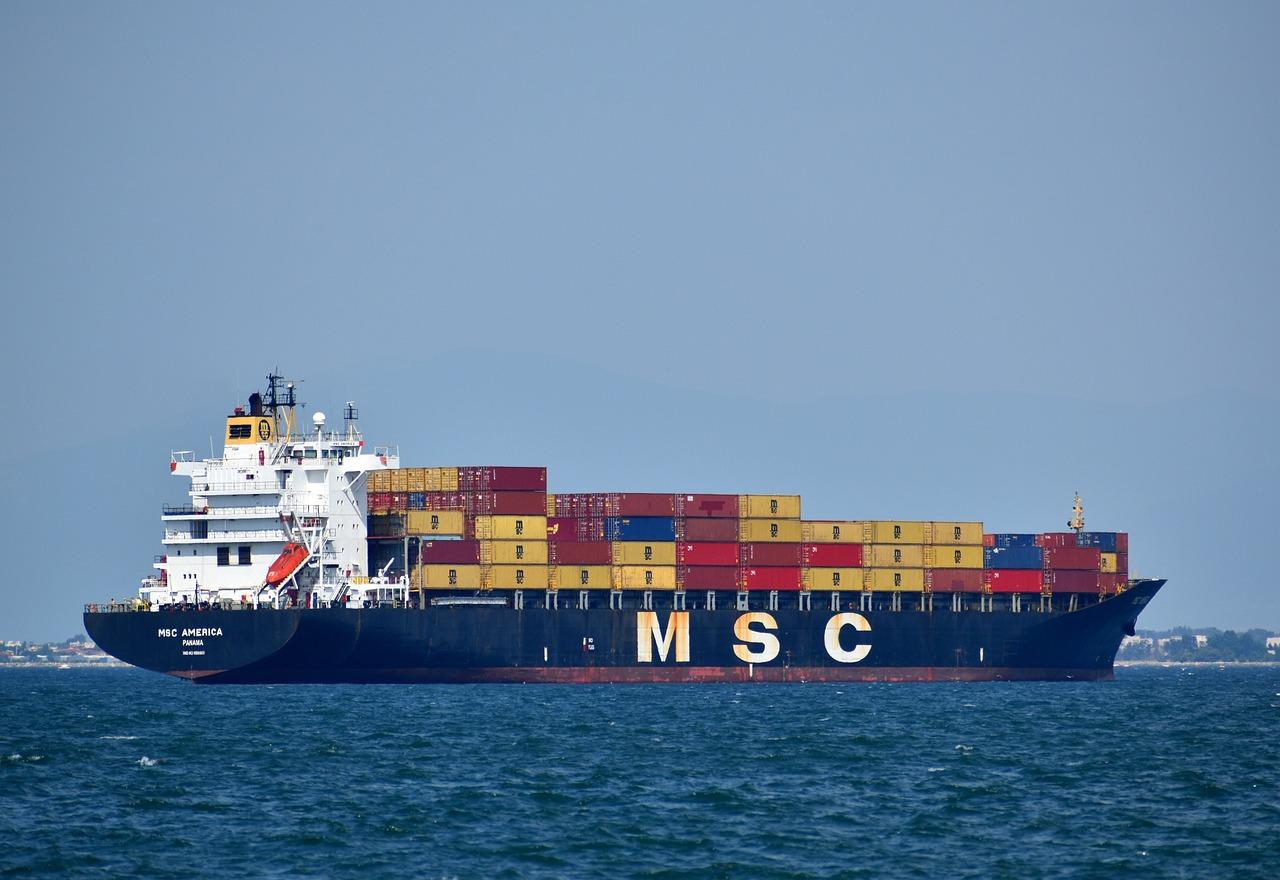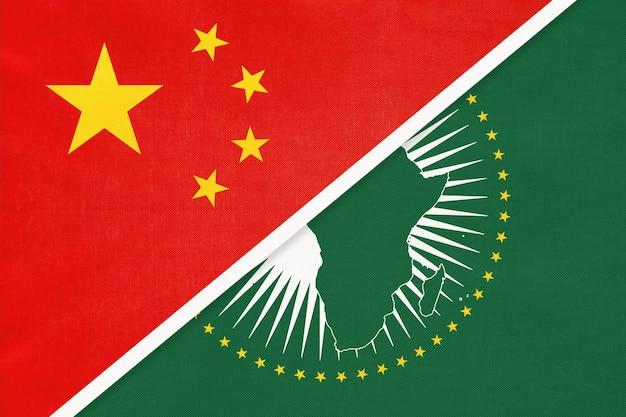Introduction
Energy is a cornerstone of human development. It powers homes, schools, hospitals, farms, factories, and the digital tools that shape 21st-century economies. Yet, more than 600 million people in Africa—about half of the continent’s population—still lack access to electricity. Hundreds of millions more face unreliable or unaffordable energy sources that limit productivity, social well-being, and climate resilience.
At the same time, Africa is uniquely positioned to leapfrog into a future powered by clean, decentralized, and inclusive energy systems. With abundant solar, wind, hydro, and geothermal resources, coupled with growing technological innovation and political attention, the continent has the tools to transform its energy landscape. But progress remains slow, uneven, and constrained by financing gaps, weak infrastructure, and governance challenges.
This article examines the current state of energy access in Africa, identifies structural barriers to achieving universal access, and explores emerging opportunities—particularly through clean energy solutions—that can enable the continent to power its development while advancing climate and equity goals.
The State of Energy Access in Africa
Despite decades of effort, sub-Saharan Africa remains the region with the lowest access to modern energy services in the world. Electrification rates vary widely—from nearly 100% in countries like Mauritius and Egypt, to below 20% in nations like Chad and South Sudan. In rural areas, the problem is even more acute. Women and girls, who often bear the burden of collecting fuel and managing household energy, are disproportionately affected.
Access to clean cooking remains a critical and often neglected issue. Over 900 million people still rely on firewood, charcoal, and other polluting fuels for cooking. This contributes to respiratory diseases, deforestation, and gender-based time poverty.
Furthermore, many who are “connected” are not reliably served. Power outages, voltage fluctuations, and high tariffs are common, especially in fragile and underdeveloped grids. Industries suffer productivity losses, health facilities experience service disruptions, and students are unable to study after dark.
While several African countries have made progress in electrification—through grid expansion, off-grid solar, and mini-grid systems—current trajectories fall short of achieving Sustainable Development Goal 7: affordable, reliable, sustainable, and modern energy for all by 2030.
Structural Challenges Hindering Progress
One of the fundamental challenges is insufficient and poorly targeted investment. Africa accounts for only about 2% of global clean energy investment, despite its vast potential and urgent need. Private sector engagement is often hindered by perceptions of high risk, regulatory uncertainty, currency volatility, and limited consumer purchasing power. Public investment, meanwhile, is constrained by fiscal pressure, competing development priorities, and slow project implementation.
Another barrier is weak infrastructure and grid systems. Many national grids are outdated, under-capacitated, and unable to absorb new generation or extend to rural communities affordably. Centralized models of energy delivery are often ill-suited for Africa’s dispersed and youthful population.
Policy and regulatory frameworks are also inconsistent and often fragmented. In some cases, energy policy is disconnected from climate, industrial, or rural development strategies. Independent power producers face bureaucratic hurdles, unclear tariffs, and delays in securing permits or payments.
Capacity constraints further limit progress. Many utilities and energy agencies lack the technical, financial, or managerial capacity to plan and execute large-scale transitions. Local governments, which play a crucial role in energy access, often lack resources or decision-making authority.
Finally, energy poverty intersects with gender, education, and health in ways that magnify exclusion. Women and children are most affected by energy insecurity but are least likely to be involved in energy decision-making, entrepreneurship, or technical fields.
The Promise of Clean and Decentralized Energy
Despite these challenges, Africa has a historic opportunity to redefine its energy future. The declining cost of renewables—particularly solar—has made clean energy solutions increasingly affordable and scalable. In many African contexts, decentralized solar home systems, solar mini-grids, and battery storage now offer more cost-effective and quicker-to-deploy options than traditional grid extensions.
Off-grid and mini-grid systems are especially promising for rural and peri-urban areas. Social enterprises, cooperatives, and private firms are providing pay-as-you-go (PAYG) solar products that enable families to light their homes, charge phones, and power basic appliances. Start-ups like M-KOPA (Kenya), d.light (Uganda), and Bboxx (Rwanda) are reaching millions with innovative business models that combine digital finance, remote monitoring, and local agents.
Urban areas are also ripe for distributed generation and smart energy solutions. Rooftop solar, energy-efficient appliances, smart meters, and building-integrated renewables can reduce pressure on national grids, lower emissions, and empower consumers.
Clean cooking technologies—from improved biomass stoves to electric induction cookers and biogas—can dramatically reduce household pollution and environmental degradation. Scalable solutions in this space are gaining traction with support from multilateral donors and local entrepreneurs.
Moreover, regional power pools and cross-border infrastructure projects are enhancing energy trade and integration. The West African Power Pool (WAPP) and the Southern African Power Pool (SAPP) aim to optimize generation and balance supply-demand across borders, improving reliability and reducing costs.
Financing for Universal Energy Access
To accelerate clean and affordable energy access, financing must be scaled and diversified. This includes blending public and private capital, de-risking investment, and building strong project pipelines. Development finance institutions (DFIs) and climate funds can play a catalytic role by offering concessional loans, guarantees, and results-based financing.
Innovative instruments—such as green bonds, impact investment funds, and climate risk insurance—can attract long-term, patient capital into energy projects. Digital finance and mobile money are also opening new frontiers in micro-financing, enabling poor households to afford modern energy solutions.
Importantly, energy access financing must be equitable. Projects should be designed with a focus on affordability, gender inclusion, and community participation. Subsidies or social tariffs may be needed for the poorest, particularly in remote or fragile regions.
Local capacity building is essential to ensure that finance translates into implementation. This includes training for energy entrepreneurs, support for local manufacturing and installation services, and capacity-building within public institutions.
Governance, Policy, and Regional Cooperation
Policy coherence and strong governance are essential. Governments must provide clear, consistent regulatory frameworks that encourage investment, ensure consumer protection, and align with national development goals. This includes streamlined licensing, transparent tariff structures, and long-term electrification plans.
Decentralized governance can empower local authorities to identify and implement appropriate energy solutions. Participatory planning, energy access mapping, and data-driven monitoring are tools that improve effectiveness and accountability.
Regional cooperation—through the African Union, African Development Bank (AfDB), and regional economic communities—can harmonize standards, pool resources, and create economies of scale. The African Continental Free Trade Area (AfCFTA) also provides a platform for scaling local manufacturing and intra-African trade in energy technologies.
Energy planning must be integrated with other development sectors. Electrifying health facilities, schools, and water systems is essential for achieving broader social goals. Energy must be seen not just as an infrastructure issue, but as a cross-cutting enabler of sustainable development.
Just Energy Transitions and Climate Goals
As Africa industrializes and urbanizes, its energy demand will rise sharply. Ensuring that this growth is powered by clean energy is not only vital for climate mitigation—it is also an opportunity to build low-carbon, future-ready economies.
Africa currently contributes only 3% to global greenhouse gas emissions, yet it is among the most vulnerable to climate impacts. The concept of a “just energy transition” is critical. It acknowledges Africa’s right to development while ensuring that new energy systems are inclusive, job-rich, and environmentally sustainable.
This means prioritizing energy solutions that meet the needs of the poorest while reducing emissions and enhancing resilience. It also means securing a fair share of climate finance and technology transfer for African countries.
Africa’s youth, women, and innovators must be at the center of this transition. Building green skills, supporting local R&D, and promoting inclusive entrepreneurship will ensure that clean energy drives not just access, but empowerment.
A Call to Power Africa’s Future, sustainably
Clean and affordable energy access is no longer a technical dream—it is a moral, economic, and environmental imperative. For Africa, accelerating this access means unlocking development, driving equity, and shaping a greener future.
The path is clear but challenging. It requires courageous leadership, collaborative governance, smart investment, and innovation grounded in local realities. It demands that energy be viewed not simply as kilowatts and wires, but as dignity, opportunity, and justice.
Africa has the sun, the wind, the talent, and the need. What remains is the will to connect every home, power every dream, and ensure that no one is left in the dark.



